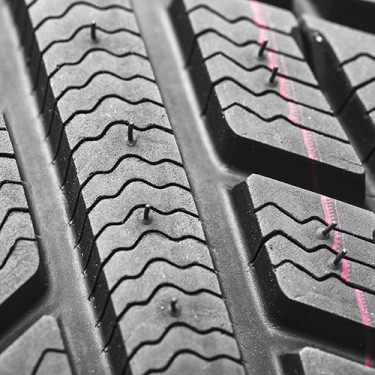WHEN IS THE RIGHT TIME FOR ALL-SEASON TIRE CHANGE?

The cold weather has finally passed, the sun is shining, and spring blooms will be out before you know it! It’s time to get those winter tires off and make the most of the great outdoors this summer.
With warmer temperatures fast approaching, it is important to remember that leaving your winter tires on for too long puts you at risk on the roads. Many of us make the mistake of booking our all-season tire change too early or too late. Because of the constant temperature changes in our Canadian weather, it can be difficult to determine the right time. While there is no set date for when to book your tire changeover, the ideal time would be when the temperature is consistently hovering over 7 degrees Celsius. This will ensure your winter tires aren’t being used during hot weather which will compromise their rubber chemical compounds and your driving safety.
Changing Your Winter Tires and All-Season Tire Installation Tips
Whether you have done so already or have yet to get your all-season tire change done, here are some helpful tips to keep in mind:
- Heat is a winter tire’s worst enemy – winter tires lose grip as the temperatures climb above 7 degrees Celsius.
- Heat in a tire causes the essential binding agents of the tire to disintegrate. It’s as if the winter tire is ‘melting’ and it is degrading in a way that leads to loss in traction.
- If left on for too long, winter tires can begin to make a distracting, howling sound when you drive.
- Choose an all season tire instead of summer tires. All-season tires are what we need in our climate of wet and dry weather. Summer tires do not perform as well as all-season tires, especially in wet weather, and will prematurely wear in our climate.
Important Facts about Tires and Driving Safety
The tires of your car play a much more important role in your travels than you’d think. Tires not only increase the overall safety level of your car, but they can also save you money at the pump. Keep your tires inflated to the appropriate level and you’ll increase your fuel efficiency. Underinflated tires will increase the tire’s rolling resistance (so you’ll need to use more gas to keep the vehicle moving) and overinflated tires will contribute to a rough ride. You can check for your tire pressure specification in the vehicle’s manual or on the driver’s side door pillar. Never go by the maximum specification written on the tire sidewall! Rotate your tires every 10000—13000km to prevent premature wear. Lastly, keep in mind that proper tire traction affects other vehicle systems. For example, your brakes will be working that much harder to stop your vehicle if the tires don’t have enough grip on the road. These are some things to keep in mind when it comes to tire and driving safety!
Book an appointment today for your all-season tire change.
